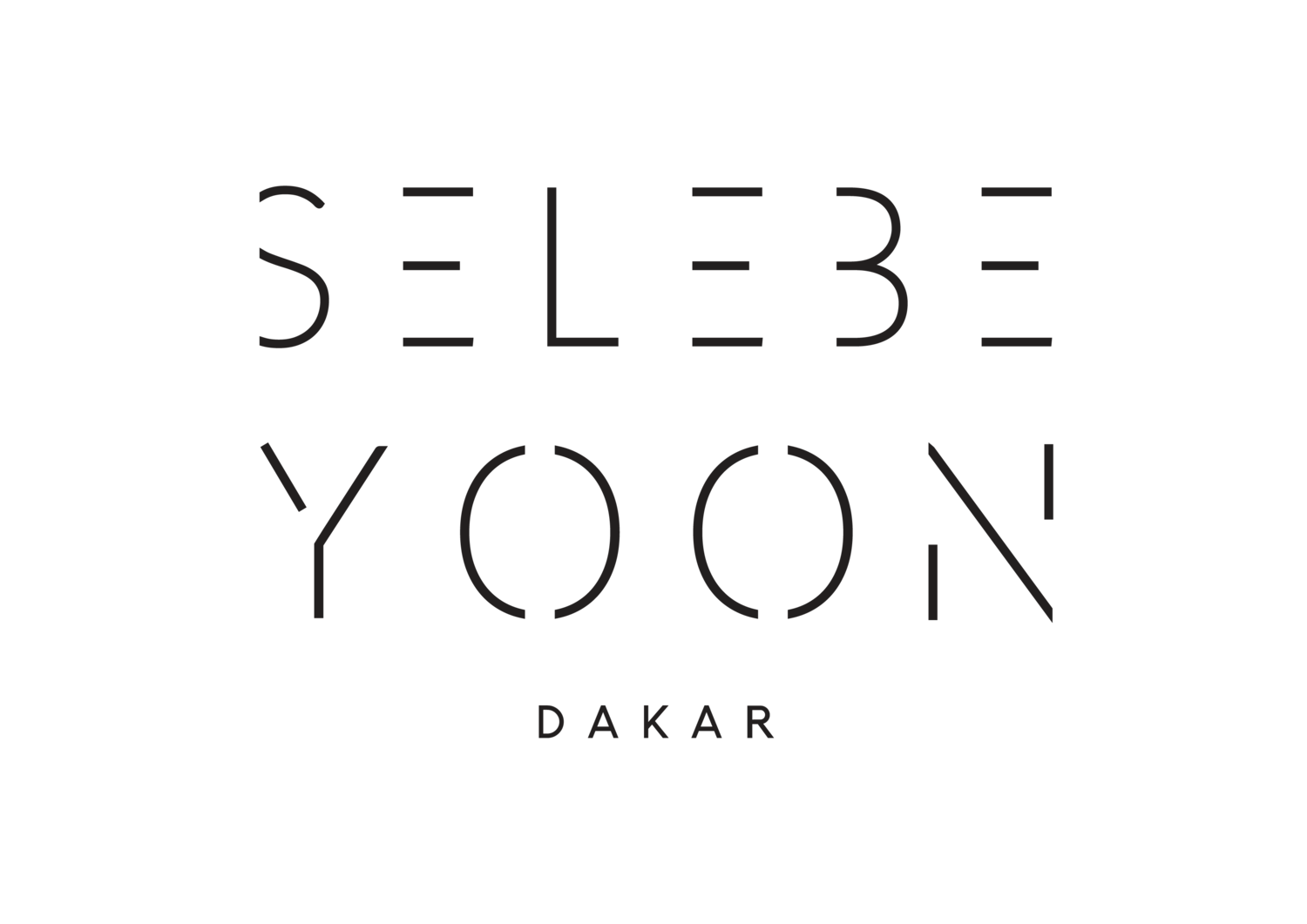Artist Talk: Export-Import
Younes Baba-Ali, Mbaye Diop, Hamedine Kane and Jennifer Houdrouge were in conversation with Aude Tournaye, art critic and independent curator on the occasion of the opening of the exhibition "Export-Import" at Selebe Yoon.
Event date: 17/05 at 6PM - Selebe Yoon
Aude Tournaye: First of all, I'd like to ask you, Jennifer, where did the idea come from to do this exhibition and to bring specifically these three artists together?
Jennifer Houdrouge: The idea for this exhibition stems from work we've been doing for several months, or even years for some of us. We first worked together in Paris last year. The three artists work on the links between West Africa and Europe, but through different prisms and very different activities. Here we're talking about tennis, pigeon racing, [Senegalese] wrestling and fishing. So it was interesting to see how these links with Europe were explored, from both a historical and contemporary perspective.
Aude Tournaye: Could you all give us a brief introduction to what you're exhibiting? And then we'll go into more detail.
Hamedine Kane: It's always a bit difficult to comment on works that have just been created. What interested me was travelling the Senegalese coastline and working with the fishing communities, seeing the state of this sector, of the users of the sea, both from a legal point of view and out of personal interest and curiosity. I also wanted to see how this sector fits into the Senegalese economy, the African economy, the West African economy, and from the food point of view, the economic point of view, human rights, conservation and finally the exploitation of resources. I'm not just talking about fisheries resources, but also the resources of our territories in general, how states or populations manage them and how they fit into the global economy. I wanted to see what artists can propose when they take on such a subject. Of course, artists have no power to fundamentally change things, but I think they have an important role to play in mobilising and making available a way of seeing things. The point, I think, is to create the right distance so that we can look at these things in a rawer way. That's what I've tried to do - and it's just a start. It's the first iteration. Last summer, for a month, I traveled throughout the coastline and collected information, a sort of primary research material. This is the first formal report. And it's going to continue over the coming years.
Younes Baba-Ali: For my part, I'm presenting two different projects. One was produced in 2018 for the Biennale [of Dakar], a project on Senegalese wrestling. It's not an insignificant thing - the choice of works presented was made with Jennifer - in particular as a nod to the other artists' proposals, but also in connection with the very origin of the project I'm currently working on, the LOFT - DKR project about pigeon racing in Senegal. It was the world of wrestlers that introduced me to pigeon racing. I used to work with various amateur wrestlers in neighbourhoods like Amitié and SICAP. Every time I'd look up, I'd see colourful pigeons, fluorescent pink or green, and I'd wonder what they were doing there. These pigeons were circling around us, around the buildings. I realised that there was a whole parallel world that existed on the rooftops of Dakar, this world of pigeon fanciers that involves some pretty incredible young people. You have to understand that the average age of pigeon fanciers in Senegal is 16, unlike in Europe where it's more of a passion for older people. Here, when we go to dovecotes, neighbourhood pigeon lofts, there's the owner and a dozen or so young enthusiasts aged between 8 and 18. This discovery was the starting point that made me want to work on pigeon racing. Being based in Belgium, I didn't even know that it was the worldwide heart of pigeon racing. Since November, I've been working on a project with an experimental pigeon loft at the Hôtel de Ville in Dakar, designed with a Spanish architect, Angel Montero, with the idea of building a loft where new breeds of pigeon could be tested. At the same time, we're working with new technologies by fitting trackers to the pigeons so that we can retrieve their data in real time and then map their movements. In the gallery, in the exhibition, there are elements of research that question the origins of pigeon racing in Senegal, which is still a big question for me. I still don't know how this passion took such a hold on the souls of Senegalese youth!
Mbaye Diop: The work I present here is a follow-up to a residency at Selebe Yoon in 2022, entitled "Balle de match", which was a reflection on the architecture of Dakar. It's true that when you look at the works on display, you wonder about the link between architecture and tennis. Tennis is nothing more than a pretext, a sort of metaphor used to show that we are in a struggle. When I talk about Dakar, we are in a struggle, in a combat, in a perpetual confrontation from an architectural point of view. When I began my research, I saw that the first settlers who arrived in Senegal played this sport. In terms of numbers, two people are enough to play this sport, but the rules are complex. They played this sport and all around the pitches, there were the locals who watched the matches and perhaps even wanted to take part in the game. And my first idea was to try and relocate this sport and bring it to the streets. Why on the streets? Because in Dakar, there are no sports facilities that would give the people of Dakar the chance to express themselves. So let's play tennis in the street, let's play tennis everywhere, even if we're constantly confronted with danger.
